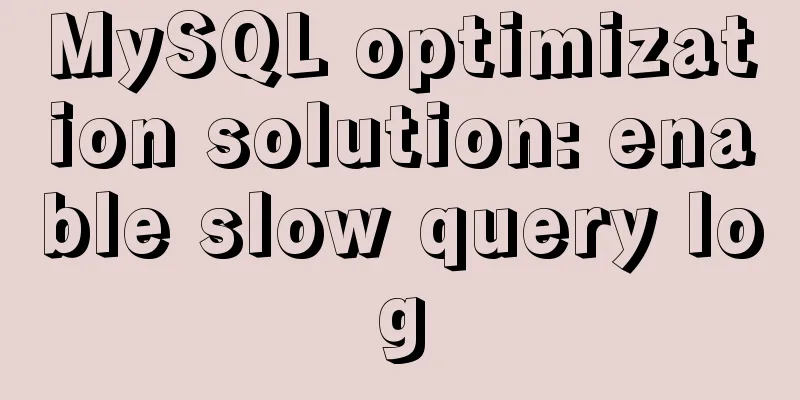Connector configuration in Tomcat

|
JBoss uses Tomcat as the Web container, so the configuration of the Web container in JBoss is similar to that in Tomcat, which mainly involves editing the server.xml file. In JBoss 5.x, this file is located in
<Server>
<Listener className="org.apache.catalina.core.AprLifecycleListener" SSLEngine="on" />
<Listener className="org.apache.catalina.core.JasperListener" />
<Service name="jboss.web">
<Connector protocol="HTTP/1.1" port="8080" address="${jboss.bind.address}"
connectionTimeout="20000" redirectPort="8443" compression="on"
compressionMinSize="1" compressableMimeType="text/html,text/xml" />
<Engine name="jboss.web" defaultHost="localhost">
<Realm className="org.jboss.web.tomcat.security.JBossWebRealm"
certificatePrincipal="org.jboss.security.auth.certs.SubjectDNMapping"
allRolesMode="authOnly"
/>
<Host name="localhost">
<Valve className="org.jboss.web.tomcat.service.jca.CachedConnectionValve"
cachedConnectionManagerObjectName="jboss.jca:service=CachedConnectionManager"
transactionManagerObjectName="jboss:service=TransactionManager" />
Host>
Engine>
Service>
Server>In the above configuration file, Server is the root node. One Server represents a Servlet container. Therefore, there can be only one such node in server.xml. Under the Server node, there can be one or more Service nodes. A Service node represents one or more Connectors and an Engine, and Connector and Engine are two important configuration items in server.xml. The main function of Connector is to accept and respond to user requests. Commonly used Connectors include HTTP/1.1 Connector and AJP Connector. HTTP/1.1 Connector is mainly used to process user HTTP requests. It should be noted that although it is called HTTP/1.1 Connector, it is fully compatible with HTTP/1.0 protocol. AJP Connector mainly uses the AJP protocol to communicate with Web Connector and is usually used in a cluster. The HTTP/1.1 Connector instance listens on the port configured by the user. When the application server starts, the HTTP/1.1 Connector is responsible for creating several threads to process user requests. The number of threads created depends on the minThreads value configured by the user, which defaults to 5. When more user requests arrive, the HTTP/1.1 Connector will create more threads to process requests. The maximum number of threads created is defined by maxThreads, and the default value is 20. When all threads are busy processing user requests, new incoming requests will be placed in the Socket queue created by the HTTP/1.1 Connector. The length of the queue is defined by the acceptCount attribute. When the waiting queue is also full, new user requests will receive a connection refused error. All the configuration items provided by Connector (incomplete scheme, isSecure, xpoweredBy, useIPVHosts):
Configuration items provided by Http/1.1 Connector:
Summarize The above is the full content of this article. I hope that the content of this article will have certain reference learning value for your study or work. Thank you for your support of 123WORDPRESS.COM. If you want to learn more about this, please check out the following links You may also be interested in:
|
<<: Solution to MySQL failure to start
>>: Detailed explanation of CocosCreator optimization DrawCall
Recommend
MySQL intercepts the sql statement of the string function
1. left(name,4) intercepts the 4 characters on th...
Introducing ECharts into the Vue project
Table of contents 1. Installation 2. Introduction...
IDEA reports an error when connecting to MySQL! Server returns invalid timezone. Go to tab and set serverTimezone property
The road ahead is always so difficult and full of...
mysql5.7.14 decompressed version installation graphic tutorial
MySQL is divided into Community Edition (Communit...
MySQL example of getting today and yesterday's 0:00 timestamp
As shown below: Yesterday: UNIX_TIMESTAMP(CAST(SY...
Some tips on website design
In fact, we have been hearing a lot about web des...
Summary of Linux file basic attributes knowledge points
The Linux system is a typical multi-user system. ...
Native JS to achieve special effects message box
This article shares with you a special effect mes...
MySQL 5.7.19 installation tutorial under Windows 10 How to change the root password of MySQL after forgetting it
Take MySQL 5.7.19 installation as an example, fir...
Docker network principles and detailed analysis of custom networks
Docker virtualizes a bridge on the host machine. ...
A brief discussion on the design of Tomcat multi-layer container
Table of contents Container Hierarchy The process...
Tutorial on how to deploy LNMP and enable HTTPS service
What is LNMP: Linux+Nginx+Mysql+(php-fpm,php-mysq...
Vue3 based on script setup syntax $refs usage
Table of contents 1. Vue2 syntax 2. Use of Vue3 1...
How to configure Openbox for Linux desktop (recommended)
This article is part of a special series on the 2...
Using js to achieve the effect of carousel
Today, let's talk about how to use js to achi...




![Linux file management command example analysis [permissions, create, delete, copy, move, search, etc.]](/upload/images/67cad97e86cfa.webp)




